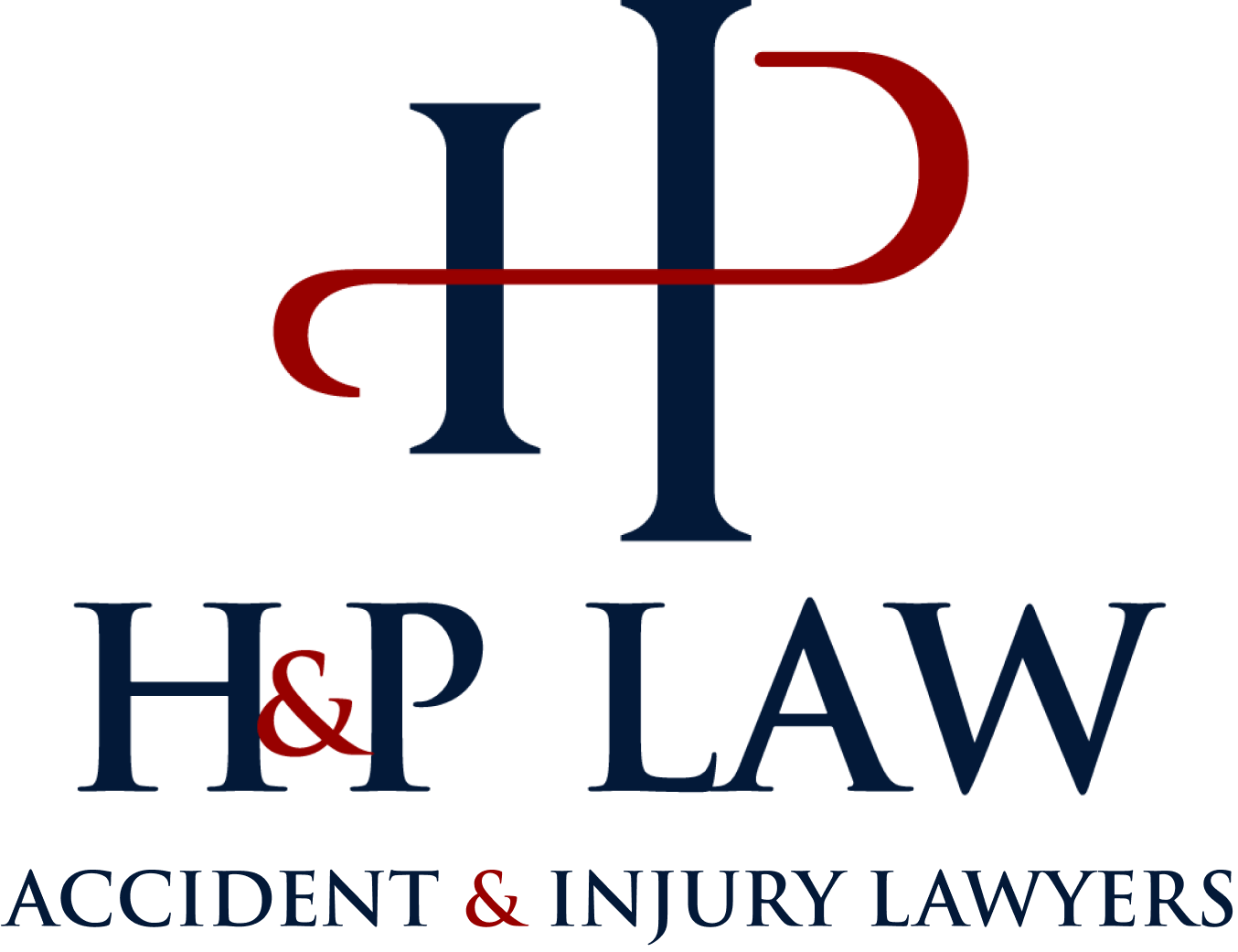We previously explored the First Amendment implications for a school punishing a student for statements made away from school. But what rights do students have under the Fourth Amendment to protect them from being monitored by their schools even while the students are not in the classroom?
The Fourth Amendments reads as follows (with emphasis added):
The right of the people to be secure in their persons, houses, papers, and effects, against unreasonable searches and seizures, shall not be violated, and no Warrants shall issue, but upon probable cause, supported by Oath or affirmation, and particularly describing the place to be searched, and the persons or things to be seized.
U.S. Constitution, Fourth Amendment.
Fourth Amendment
The Fourth Amendment protects against “unreasonable searches and seizures” by the government. Before any warrant is issued for a search and or seizure, it must be supported by probable cause and signed by a judge.
The Fourth Amendment has several limiting factors, two of which are that it only applies to (1) actions by (or directed by) the government, and (2) instances where the person searched or subjected to a seizure has a reasonable expectation of privacy.
Government Action
The first question a student should ask whose school is monitoring its social media presence is whether its school is public or private. If it is a public school, its actions are subject to Fourth Amendment protections. If it is a private school, the school’s actions are immune from those same constitutional protections.
Even if a public school hires a private third party, like the schools did in Glendale, California (see article below), the Fourth Amendment still applies because the third party is acting under the direction of the government entity (the public school).
Reasonable Expectation of Privacy
The Fourth Amendment only applies to that in which we have a reasonable expectation of privacy. Determining what constitutions a reasonable expectation of privacy is not always easy. The Supreme Court has sought to distinguish between what constitutions public information and what constitutes private information protected by the Fourth Amendment:
[T]he Fourth Amendment protects people, not places. What a person knowingly exposes to the public, even in his own home or office, is not a subject of Fourth Amendment protection. But what he seeks to preserve as private, even in an area accessible to the public, may be constitutionally protected.
Katz v. United States, 389 U.S. 347, 351–52 (1967).
Since the decision in Katz, in cases interpreting the reasonable expectation of privacy, the following have all been found to be protected by the Fourth Amendment:
- our bodies;
- our clothing;
- our personal belongings;
- inside our homes;
- that which can only be seen with enhanced surveillance;
- in curtilage immediately surrounding the outside of our homes; and
- in our cars.
However, there is no reasonable expectation of privacy for the following:
- in open fields;
- in wooded areas;
- things plainly visible;
- items in a back seat;
- items growing in a garden outside;
- garbage on a curb;
- personal characteristics, like handwriting, voice samples, DNA, and fingerprints;
- public records;
- published phone numbers; and
- anything held out to the general public.
For students who are active on social media, they likely have no reasonable expectation of privacy unless their privacy settings are such that any information gathered by schools monitoring their accounts cannot be readily acquired. If a school has to resort to hacking to gather the information, then there is a reasonable expectation of privacy, and the school’s monitoring would run afoul of the Fourth Amendment.
However, a school that monitors student activity that is publicly available, even though the school is ordinarily subject to the strictures of the Fourth Amendment, would be well within its rights if it is only accessing information the student makes public.
Can Schools Monitor Students on Social Media?
Zachariah B. Parry is an attorney and founding partner at the law firm H & P and is an adjunct professor who teaches torts, contracts, and Nevada practice and procedure for UNLV’s paralegal program. He can be reached at 702-912-4451.




